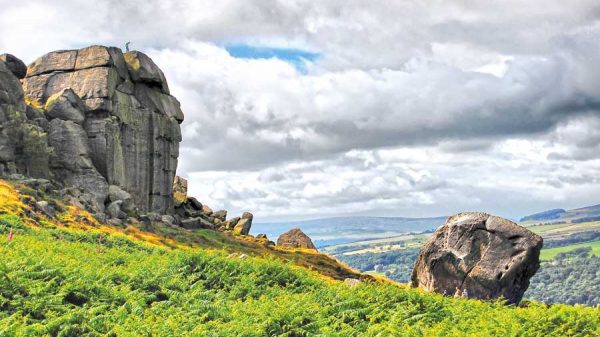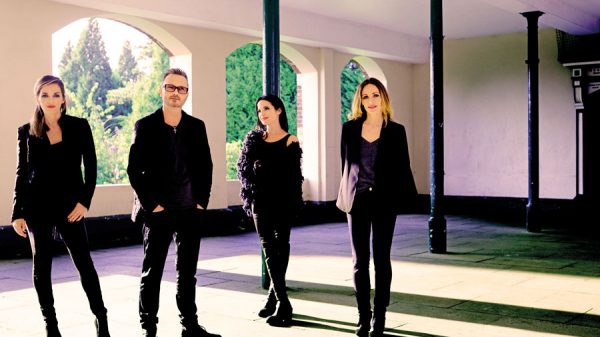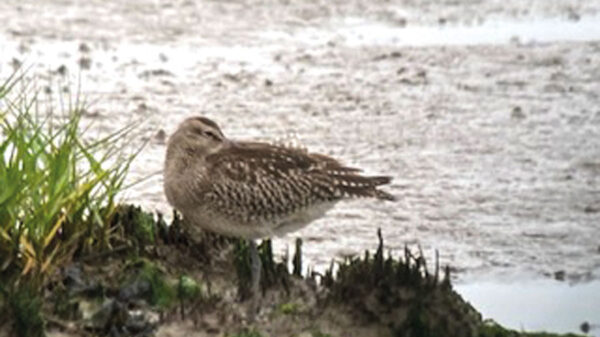−−− BY LINDA JENKINSON −−−
For many people, a flock of geese calling high overhead heralds the start of autumn and the last few weeks have been amazing for goose migration. I hope you’ve been lucky enough to see strings of pink-footed geese travelling over Yorkshire to their wintering grounds in East Anglia. Many of our winter flocks of geese travel from eastern Canada, Iceland and Greenland and the north-westerly weather direction during the first part of October really helped their migration. On days when the weather has come from the north-east, other species have set off from Scandinavia, Siberia, Svalbard and Franz Josef Land in Arctic Russia. In total, about 750,000 geese arrive in the UK to spend the winter. The species that flock here are pink-footed goose, greylag goose, white-fronted goose, bean goose, brent goose and barnacle goose. We also get two extra species of swan, the whooper swan from Iceland and the Bewick’s swan from northern Russia and many more mute swans travel to Britain to spend the winter.
Other members of the wildfowl family are my personal favourite, the ducks. Like all wildfowl, ducks are unable to fly for a few weeks as they moult their flight feathers all at once. Ducks differ in that they enter into a camouflaged stage during this time, called the eclipe. Thankfully, this stage is almost over and males are colouring up again. Very soon you’ll be able to see the most amazing plumage and discover ‘vermiculations’. These are the fine, wavy lines on individual duck feathers. The word comes from the Latin vermiculus which means ‘little worm’. You may be more familiar with the word vermiculite which is a hydrous mineral used in gardening. This is so called as it produces worm-like shapes when heated.
Vermiculations can be seen mainly on dabbling ducks, the finest of lines being seen on our commonest duck, the mallard. Some diving ducks, such as pochard and scaup, also have vermiculations but these are not so easy to see due to their behaviour and their preference for deep water.
You’ll have lots of opportunity to study vermiculations over the coming months as numbers of ducks increase on our wetlands. Look at male teal, wigeon and pintail and, my very favourite, the understated gadwall. No field guide does this bird justice and consequently this species is often dismissed as a boring, grey bird. Prepare to be amazed. Take your binoculars out on a sunny day over the winter, find a confiding subject and focus sharply on the exquisite plumage around the breast and flanks.
Linda Jenkinson teaches people about birds in and around Leeds. For details of classes email linda@startbirding.co.uk or call 07778 768719. Visit www.startbirding.co.uk or Start Birding on Facebook and Twitter.







